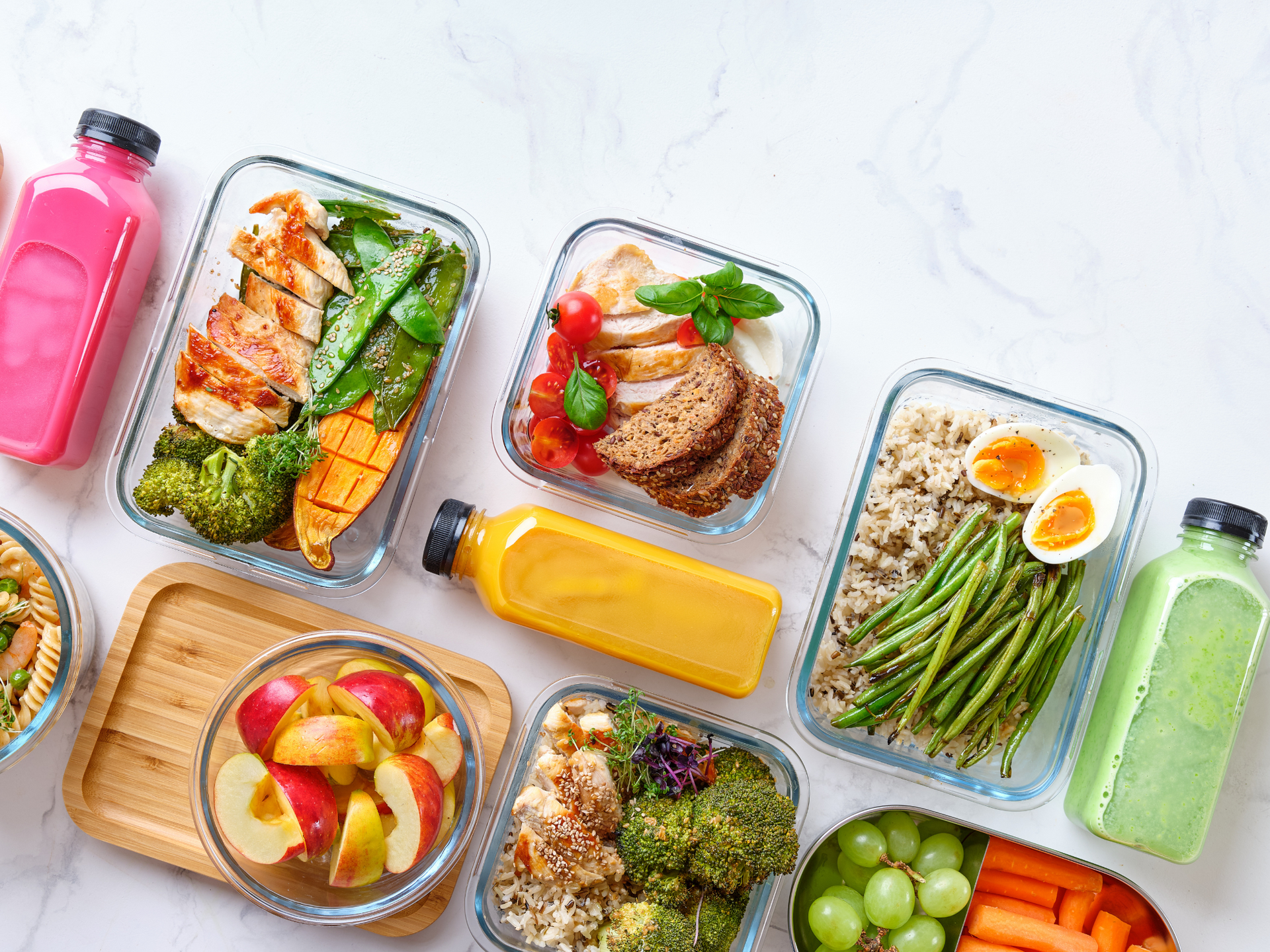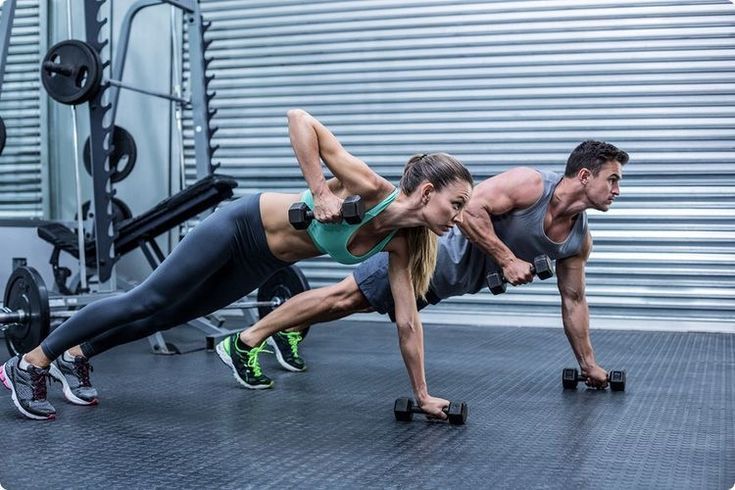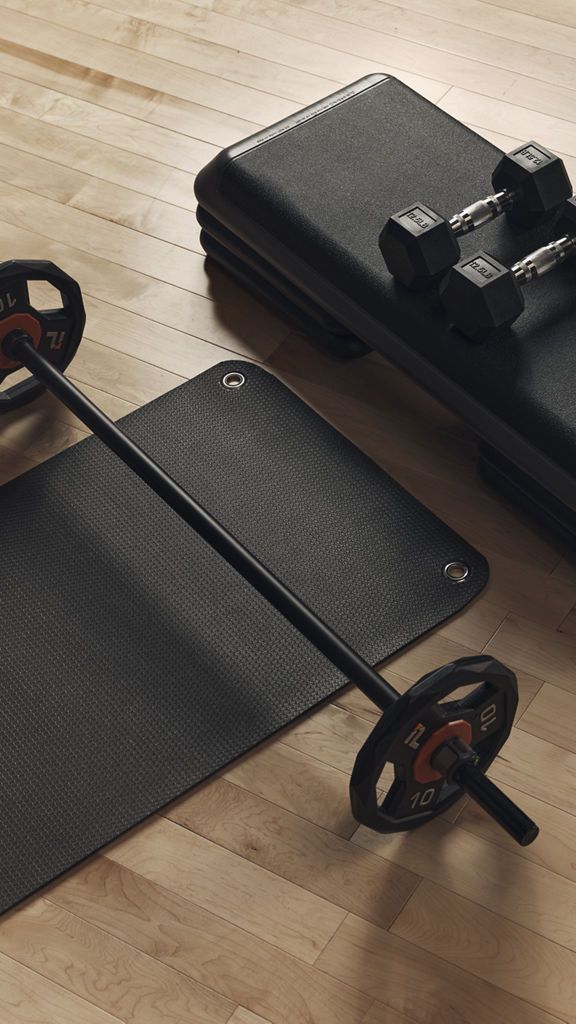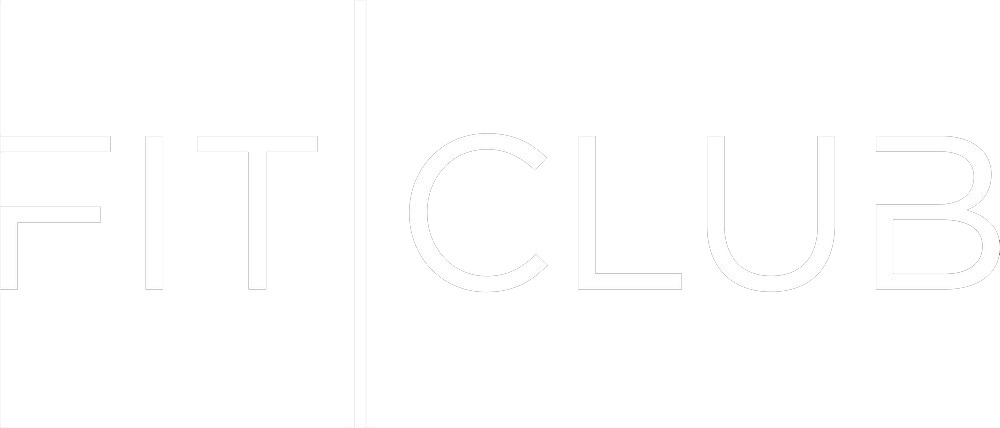Guide to Macros: Fuel Your Gains in Woodland Hills
Getting stronger gets a lot easier when your food plan lines up with the work you put in at the gym. For most lifters in Woodland Hills and the surrounding Utah County communities of Elk Ridge, Salem, Spanish Fork, and Payson, the simplest path is to focus on macros—the three nutrients that drive training and recovery: protein, carbohydrates, and fats. Protein supplies the amino acids your body uses to repair muscle tissue after hard sets, so having a reliable source at breakfast, lunch, and dinner helps you grow steadily rather than in fits and starts. Carbohydrates are your primary fuel for lifting and conditioning, and timing them matters: a carb-focused snack before training keeps intensity high, and carbs paired with protein afterward refill glycogen so you are ready for your next session. Fats round out calories, support hormones, and keep meals satisfying, which makes it easier to stay consistent when life gets busy. This guide takes those ideas out of the abstract and into your day-to-day reality. You will see how to build plates with real foods you can find locally, how to adjust portions on heavy lower-body days versus rest days, and how to keep digestion easy so you can train hard without feeling weighed down. You will also learn quick options for nights filled with kids’ practices or late shifts, how to order smart when you eat out, and how to set up a week of simple prep so there is always a solid choice within arm’s reach.
Beyond the principles, you will get practical tools that you can use immediately. There is a plug-and-play template that shows what to include at each meal, a training-day sample menu with portion ideas, and clear guidance for pre- and post-workout eating so performance and recovery stay on track. You will learn a straightforward process for setting numbers that match your goals: establish a baseline with your current intake and training schedule, set daily targets for protein, carbs, and fats, place more carbs near training while keeping protein steady across meals, then make small adjustments every one to two weeks based on strength, measurements, energy, and sleep. If you want accountability and personalized targets, FitClub in Salem offers coaching that ties nutrition directly to your program. The team can assess body composition, align your macros to your training block, and help you navigate real-life constraints like family schedules or seasonal sports so you are not guessing. Whether you are new to tracking, returning after a break, or preparing for a meet, this approach gives you a clear path: eat in a way that supports your lifts, monitor progress with simple checkpoints, adjust in manageable increments, and keep moving forward.

Macros 101: How Protein, Carbs, and Fats Drive Muscle Gain
- Protein supplies the amino acids that repair and build muscle after training. Include a quality protein source at each meal to support strength gains and reduce soreness.
- Carbohydrates are your primary workout fuel. They power complex sets and refill muscle glycogen afterward, helping you recover and perform well in your next session.
- Fats regulate key hormones and help your body absorb vitamins A, D, E, and K. They also keep you satisfied between meals; choose options like nuts, olive oil, avocado, and fatty fish.
Most lifters perform best when they consume a sufficient number of total calories and prioritize protein, then balance carbs and fats according to their training volume and personal preference. If your goal is to gain muscle, start by eating in a slight calorie surplus, train consistently, and aim for steady strength gains in the gym.
Start With A Simple Plan You Can Stick To
You do not need a perfect macro split to see progress. You need a plan that fits your schedule and taste so you can follow it for months. A good first step for many people in Utah County is to track protein at each meal, add a smart carb source around training, and keep fats moderate. If you want a dialed-in plan, FitClub’s
nutrition coaching in Salem can help set targets and adjust them based on your progress.
Post-Workout Basics
Within 1–2 hours of training, combine carbs and protein to help your body bounce back and prepare for your next session. Simple options include chocolate milk, Greek yogurt with fruit, a rice bowl with lean meat or tofu, or a protein shake blended with a banana. Keep meals easy and repeatable so you can stay consistent.
Protein Made Easy
Protein drives muscle repair and growth. Spread it across the day—include a solid portion at breakfast, lunch, and dinner, with an optional snack in between. Great choices include chicken or turkey, fish, eggs, Greek yogurt, cottage cheese, beans/lentils, and quality protein powders. After lifting, pair protein with carbs to speed recovery and refill muscle glycogen.
Carbs That Power Your Training
Carbohydrates are your primary workout fuel. On heavy lower-body days—or when you lift and do conditioning the same day—eat a bit more carbs. On light or rest days, reduce them slightly. Choose rice, potatoes, oats, fruit, whole-grain bread, and tortillas. Eat some carbs 1–3 hours before training and pair them with protein within 1–2 hours after to replenish glycogen and accelerate recovery.
Fats That Keep You Satisfied
Fats round out your calories, support hormone health, and make meals more filling. Good options include olive oil, avocado, nuts, seeds, and salmon. Keep fats modest in your pre-workout meal so digestion stays easy, then include them at other meals and snacks to meet your daily targets.
A Simple Macro Day: Plug-And-Play Template
This sample day is suitable for most lifters in Woodland Hills; adjust portions to match your goals and training needs.
- Breakfast: Build a plate with protein, fiber, and fruit—for example, eggs with whole-grain toast and berries.
- Lunch: Combine protein, a slow-digesting carb, and vegetables; a chicken-and-rice bowl with salsa and avocado works well.
- Pre-workout: Top off energy with a carb-focused snack such as a banana with Greek yogurt or oatmeal with honey.
- Post-workout: Kick-start recovery by pairing carbs with protein; chocolate milk or a turkey sandwich are easy choices.
- Dinner: Finish with protein, a hearty carb, and veggies—for example, salmon with potatoes and a side salad.
Adjust portions based on hunger, energy, and gym performance. If weight and lifts aren’t moving, add a palm-size serving of carbs to one or two meals. If you feel overly full or sluggish, reduce fats slightly—especially at meals away from training.
Macro Coaching Near Woodland Hills, Built For Your Routine
If you want accountability and clear targets, consider working with a macro coach in Woodland Hills. FitClub creates personalized macro plans, aligns nutrition with your strength program, and tracks progress with body-composition scans so you are not guessing. This is ideal if you are new to tracking, juggling family life in Elk Ridge or Spanish Fork, or preparing for a meet or season—schedule nutrition coaching in Salem—just a short drive from Woodland Hills.
How FitClub Sets Your Macro Numbers
A strong plan begins with your data and a brief goals discussion.
Baseline
We review your training schedule, current eating habits, and recovery, and conduct a body-composition scan to establish a starting point.
Targets
We set daily protein, carb, and fat goals that match your training week and lifestyle.
Timing
We increase carbs around training and maintain a steady protein intake across meals to enhance performance and recovery.
Adjustments
Every 1–2 weeks, we check strength, measurements, body composition, energy, and sleep, then make minor, sustainable tweaks.
Stay on track in Woodland Hills & Utah County.
Shop local
Keep staples from Spanish Fork and Payson grocery stores on hand so you always have protein, quick carbs, and frozen veggies ready.
Prep once, eat all week.
Batch-cook rice, potatoes, and lean ground beef or turkey two to three times a week. Portion fruit and Greek yogurt for fast snacks.
Eat out smart
Select bowls, burritos, sandwiches, or salads with lean protein. Ask for dressings and sauces on the side and skip fried add-ons.
Plan the week
If evenings are busy with kids’ sports in Salem or Elk Ridge, pack two portable snacks and a simple post-workout option ahead of time.
Common macro mistakes in muscle gain.
No plan for protein
Meals do not include a clear protein source. Fix this by building each plate around the protein first.
Too many liquid calories
Smoothies, sodas, and coffee drinks can quickly push you over your calorie target. Keep them occasional.
Weekend swings
Five great days, two chaotic days. Plan for weekends and road games so you stay consistent.
Chasing perfect
You do not need exact numbers to grow. You need consistency and adjustments over time.
Training-Day Sample Menu For Muscle Gain
Use this as a starting point and adjust portions to your needs.
Breakfast: 3 eggs, 1 cup potatoes, 1 cup berries, 1 slice whole-grain toast.
Lunch: 6 oz chicken, 1.5 cups cooked rice, salsa, avocado, and side salad.
Pre-workout (30–90 min before): 1 banana and 6 oz Greek yogurt with honey.
Post-workout (within 30–120 min): 12 oz chocolate milk or a protein shake with fruit.
Dinner: 6 oz salmon, 1.5 cups roasted potatoes, mixed vegetables.
Evening snack: Cottage cheese with pineapple or berries.
Tip: Swap proteins and carbs you enjoy; keep protein steady at each meal and place more carbs around training.
Frequently Asked Questions
What are macros, and why should I track them for muscle gain?
Macros are proteins, carbohydrates, and fats. Tracking helps you hit the calories and protein your training requires, allowing you to recover and build lean muscle.
How do I figure out my starting macros?
Begin with a slight calorie surplus, maintain steady protein intake across meals, increase carbs around training, and keep fats moderate. A coach can tune targets to your training week and schedule.
Do I need to weigh my food?
Not forever. Measuring for a week or two can help you learn portion control. After that, you can switch to hand‑sized estimates and still stay on track.
Can I build muscle and lose fat simultaneously?
Sometimes. New lifters or those coming back often can. Most people achieve faster progress by focusing on one goal at a time and adjusting their calorie intake in conjunction with training.
What should I eat before and after a workout?
Before: a simple carb with some protein 1 to 2 hours before training. After: protein plus carbs. Keep fats lower before workouts to facilitate easy digestion.
How much protein per meal?
Include a quality protein source at each meal and snack. Spreading intake across the day works better than saving it all for dinner.
How do I get started?
Book a quick tour, meet a coach, and get starter targets. We will review your schedule, training, and goals, and then set simple steps for you to follow this week.
Ready to Get Help From A Macro Coach In Utah County?
If you are serious about strength and want nutrition that supports it, work with a coach who can set targets, review your log, and make adjustments every week. FitClub will help you build a better plan for your lifestyle.
Book a quick tour at FitClub in Salem, meet your coach, and get your starter macro targets this week.
Creating a Complete Fitness Plan in Payson
Combining strength and cardio doesn't require long hours at the gym—it just takes a thoughtful approach and a supportive environment. By integrating both forms of exercise into your routine, you’ll not only see physical changes, but also enjoy improved mental clarity, better sleep, and more energy throughout the day.
For residents of Payson, Salem, and other Utah County communities, FitClub offers everything you need under one roof. Whether you're aiming to build muscle, lose weight, or improve your heart health, we’re here to help you take the next step.
Explore our full range of programs on the FitClub services page, or book a personal training consultation to receive expert guidance tailored to your goals.



